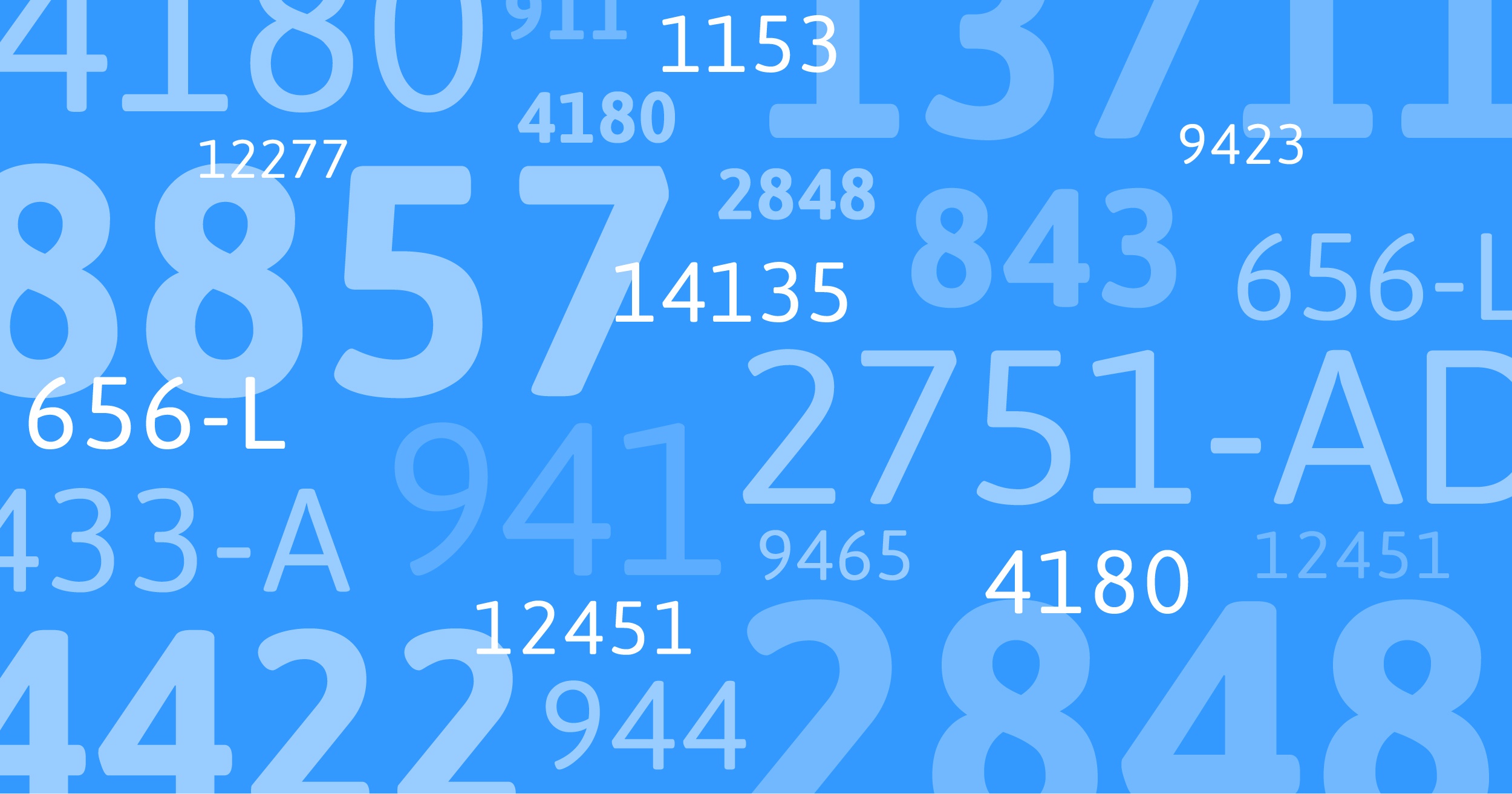IRS transcripts are notorious for being convoluted, but in the hands of a tax professional who knows how to read them, they can be incredibly useful— especially in serving clients above and beyond what is required.
Transcripts are used more in Tax Resolution work, but they can also be helpful in tax preparation, too. Here are some ways you can start implementing the use of transcripts, no matter what services you offer.
Track upcoming notices.
If the IRS is sending your client a notice, the notice will show up as one of the line items on your client's transcripts. If you keep an eye on the transcripts, you can alert your client of the upcoming notice, giving them a heads-up.
This kind of update will make your client see that you are really on top of things, especially where his or her best interest is concerned. It will also allow you to prepare for helping with any IRS trouble once your client receives the notice by mail.
Gain awareness of your client's standing with the IRS.
Similar to tracking notices, paying attention to your client's transcripts will enable you to gain awareness of where your client stands with the IRS. Since a transcript shows what the IRS believes has happened with a taxpayer's tax history, reading transcripts allows you to catch errors, if any are made, along with assess your client's overall standing. For example, you'll be able to see any penalties, any interest owed on tax liabilities, what has happened with past returns, if and when the client has been audited, etc.
One application of this information is that, using the few most recent years' transcripts, you could quickly assess if a client qualifies for a penalty abatement or not.
You could also use transcripts to more easily amend a client's past tax returns. The client's transcripts will show you what happened with his or her returns in the past— helpful if your client doesn't have a physical copy of every needed return. In that same vein, you could reconstruct a tax return that has been lost if you have the required information from a transcript. Plus, you can request a transcript for free, unlike requesting tax returns.
Help prevent tax return fraud.
Unfortunately, identity theft through the filing of fraudulent tax returns is on an exponential rise, with the IRS expecting to lose $21 billion to tax fraud this year. That's more than triple what it was two years ago.
Taxpayers who fall victim to tax fraud have to wait longer to get their refunds— the typical identity theft case taking 180 days to resolve. Some cases can take closer to a year.
One way you can help reduce tax return fraud for your clients is, again, by being familiar with their transcripts. If a tax return has been filed with your client's information, it will show up on his or her transcript as a line item. If your client hasn't filed a return yet, this is a good indication that someone else has used your client's information for tax fraud.
You could help prevent the fraudulent tax return from going any further by alerting both the IRS and your client as soon as you see the suspicious line item on the transcript. The damage done by the fraudulent claim will be significantly less if the refund money hasn't been paid out yet.
Your client will also have to fill out Form 14039, an Identity Theft Affidavit. The phone number for the IRS Identity Protection Specialized Unit is 800-908-4490.
Paying attention to and closely reading your client transcripts will enable you to delight your clients and work more efficiently.
Additional ways to use transcripts
We asked a couple practitioners what other ways they find using transcripts to be helpful, and here's what they said:
- If you don't have any documents at extension time and need to make a payment, transcripts can provide the required information.
- Transcripts show if any amounts have been updated and corrected for documents like 1099s.
- You can check transcripts before filing to make sure there’s nothing your client forgot to send.
- Use a transcript to create your open items list or update an existing list.
- You can confirm that payments have been made that were expected to be made.
- You can check for adjustments made by the IRS.
Interested in learning more about using IRS transcripts effectively? Download our free ebook: "IRS Transcripts: An Easy-to-Understand Guide."








Get Our Latest Updates and News by Subscribing.
Join our email list for offers, and industry leading articles and content.